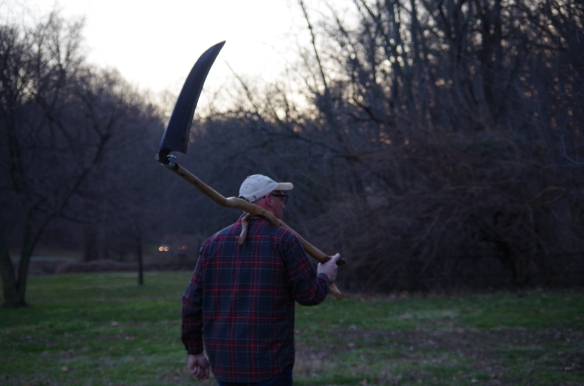sorry in case this got already discussed, but my search did not show any results....
it's rainy season here in Korea right now and the last few days have been rather wet and humid, so when the weather was dry for a while today i decided to take the opportunity to go for a bikeride along the river. not too long after i headed out another big cloud rolled in over the mountains and i just reached a bridge (== bikepath runs underneath) when it started to pour down again so i decided to wait until it was over. after maybe 10min it changed from rain to thunderstorm-- not a proper northern australian thunderstorm, but still too close for my liking! i've been out in thunderstorms before and not for the first time was wondering "can the metal objects i carry attract lighting?!""
over the years i came across contradicting infos reg. this subjects: some text sources say you're fine carrying knifes etc. but i remember my grandfather telling me long time ago that a farmer in his village got killed in a thunderstorm when the lightning struck his scythe....
anyone able to enlighten me which way is correct?!
it's rainy season here in Korea right now and the last few days have been rather wet and humid, so when the weather was dry for a while today i decided to take the opportunity to go for a bikeride along the river. not too long after i headed out another big cloud rolled in over the mountains and i just reached a bridge (== bikepath runs underneath) when it started to pour down again so i decided to wait until it was over. after maybe 10min it changed from rain to thunderstorm-- not a proper northern australian thunderstorm, but still too close for my liking! i've been out in thunderstorms before and not for the first time was wondering "can the metal objects i carry attract lighting?!""
over the years i came across contradicting infos reg. this subjects: some text sources say you're fine carrying knifes etc. but i remember my grandfather telling me long time ago that a farmer in his village got killed in a thunderstorm when the lightning struck his scythe....
anyone able to enlighten me which way is correct?!

